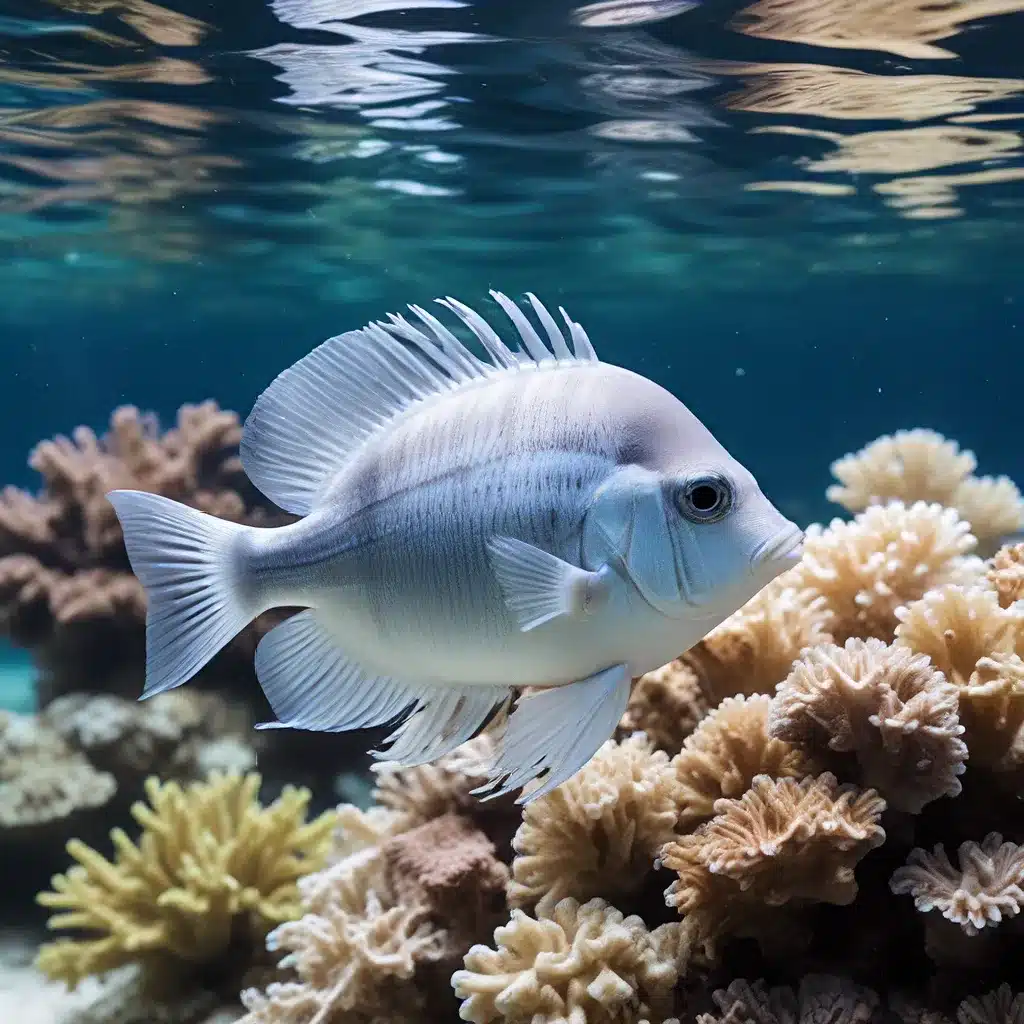
Maintaining a thriving saltwater aquarium is a delicate balancing act, requiring meticulous attention to water parameters, nutrient levels, and the introduction of new inhabitants. One critical aspect of this process is the proper quarantine of new fish before adding them to the main display tank. Quarantine is a crucial step in safeguarding the health of your existing marine life and preserving the stability of your carefully curated aquatic ecosystem.
Understanding the Importance of Quarantine
Introducing new fish to your saltwater aquarium without proper quarantine can have devastating consequences. Fish are susceptible to a wide range of parasites, bacteria, and diseases that can quickly spread throughout the tank, often with disastrous results. By isolating new arrivals in a dedicated quarantine setup, you can effectively screen for and treat any underlying health issues before they impact your established inhabitants.
Quarantine protocols also allow you to gradually acclimate new fish to the water parameters and conditions of your main display tank, reducing the risk of shock and promoting a successful transition. This step-by-step process helps ensure the long-term survival and well-being of your aquarium residents.
Establishing a Dedicated Quarantine Tank
Creating a dedicated quarantine setup is an essential investment for any saltwater aquarium enthusiast. This separate tank serves as a controlled environment where you can closely monitor and treat new fish before introducing them to your main display. When setting up a quarantine tank, consider the following key factors:
Tank Size and Equipment
The size of your quarantine tank should be proportional to the size of the fish you plan to quarantine. As a general rule, aim for a tank that is at least 10 gallons in capacity, with a robust filtration system to maintain water quality. Ensure that the quarantine tank is equipped with its own heater, thermometer, and lighting to replicate the conditions of your main display.
Water Parameters
Maintaining stable water parameters is crucial in the quarantine tank. Closely monitor and adjust factors such as pH, temperature, and salinity to match the levels in your main display. Perform regular water changes to keep nitrate and ammonia levels in check, and consider using a protein skimmer or other advanced filtration techniques to maintain optimal water quality.
Tankmates and Decor
It’s generally best to keep the quarantine tank simple, with minimal decorations and no live rock or sand. This helps prevent the introduction of unwanted pests or pathogens. Additionally, avoid adding other fish or invertebrates to the quarantine tank, as this can increase the risk of disease transmission.
Acclimating New Fish
The process of acclimating new fish to your quarantine tank is a delicate and gradual one. Start by floating the sealed bag containing the new fish in the quarantine tank for 30 minutes to allow the water temperatures to equalize. Then, slowly introduce small amounts of quarantine tank water to the bag, allowing the fish to gradually adjust to the new parameters.
This acclimation process can take several hours, depending on the sensitivity of the fish species. Once the fish appear comfortable, you can then transfer them to the quarantine tank, carefully monitoring their behavior and health over the next few days.
Quarantine Duration and Observation
The recommended quarantine period for new saltwater fish is typically 2 to 4 weeks, although this can vary depending on the species and the specific health concerns you’re addressing. During this time, closely observe the fish for any signs of disease, such as unusual swimming patterns, lethargy, or visible parasites.
If you notice any concerning symptoms, consult a veterinarian or experienced aquarium hobbyist for guidance on appropriate treatment protocols. Medications and other interventions may be necessary to address any underlying health issues before the fish can be safely added to your main display tank.
Addressing the Challenges of Quarantine
While the importance of quarantine is widely recognized, some aquarium enthusiasts may face practical challenges in setting up and maintaining a dedicated quarantine tank. For those with limited space or resources, alternative approaches, such as performing a dip or short-term isolation, may be considered.
However, it’s crucial to understand that these alternative methods do not provide the same level of protection as a dedicated quarantine setup. They may only address immediate concerns, such as visible parasites, and do not allow for the comprehensive monitoring and treatment necessary for long-term fish health.
Embracing Quarantine Best Practices
Ultimately, the successful management of a saltwater aquarium requires a commitment to responsible, proactive care. By incorporating a dedicated quarantine protocol into your aquarium maintenance routine, you can safeguard the health and well-being of your entire marine ecosystem.
King Aquarium is dedicated to providing comprehensive resources and support to help saltwater aquarium enthusiasts navigate the complexities of quarantine and other essential aquarium care practices. Explore our extensive library of articles, tutorials, and expert advice to ensure the long-term success of your marine aquarium.
Conclusion
Quarantine is a critical component of responsible saltwater aquarium management, protecting your existing inhabitants and preserving the delicate balance of your underwater oasis. By understanding the importance of quarantine, setting up a dedicated tank, and following best practices for acclimation and observation, you can ensure the health and longevity of your marine life. Embrace quarantine protocols as an essential investment in the long-term success of your saltwater aquarium.

